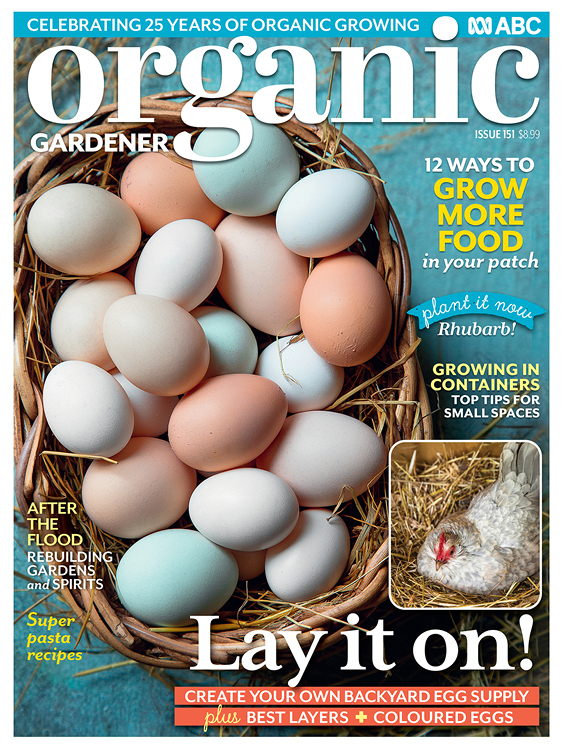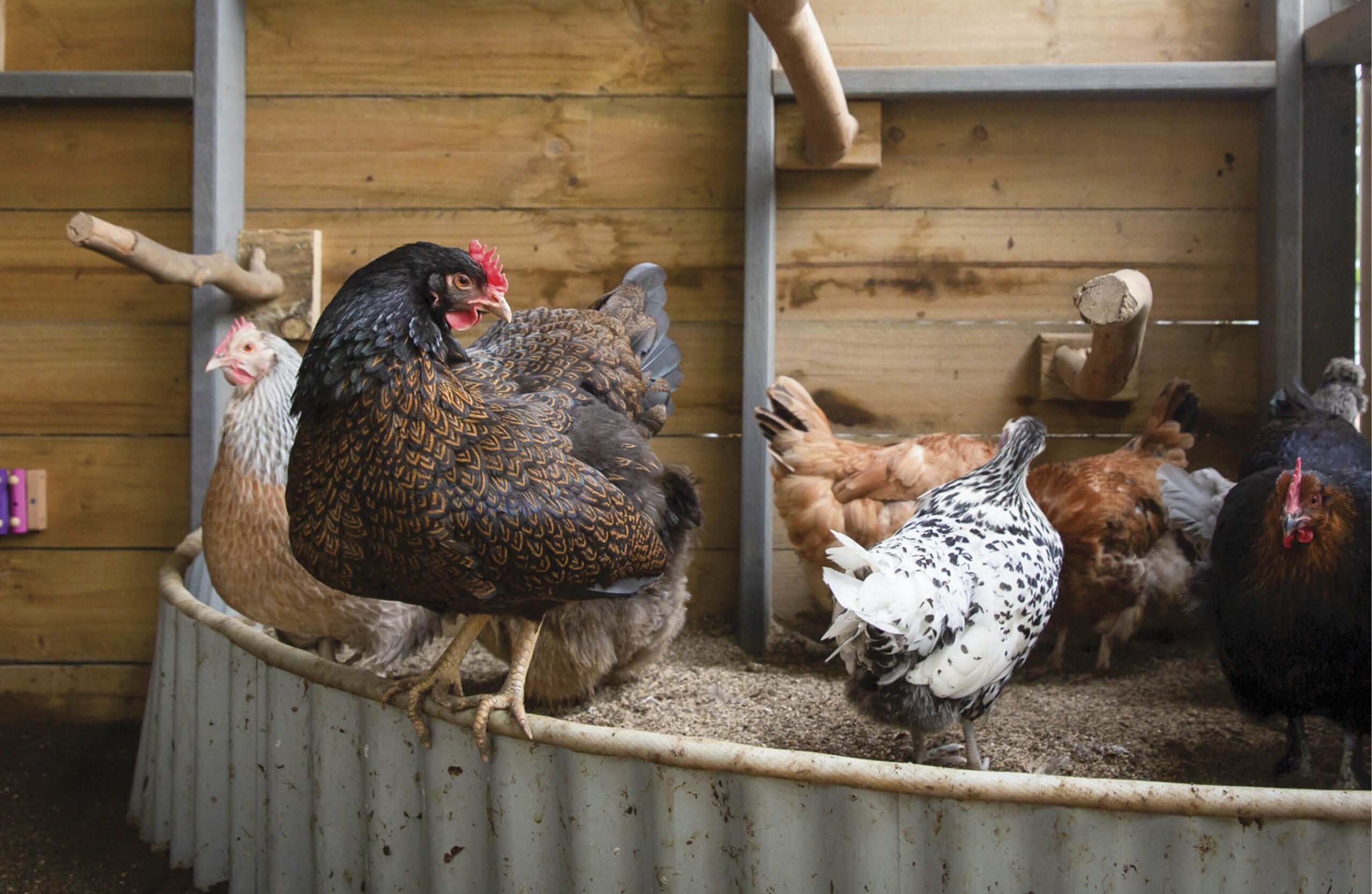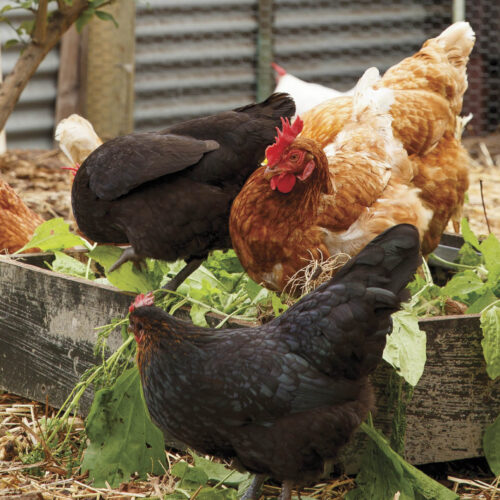How to maximise your hens’ egg production with a balanced diet
2024-07-24T15:50:41+10:00
If you are dreaming of an achievable and rewarding way to supply some of your own food, you can’t go past keeping laying hens, such as the barnevelder.
For a hen to lay eggs to her full potential, she needs a healthy, balanced diet. Did you know that around half of a hen’s daily intake goes into making an egg? The nutrition content of the egg is sourced from the hen’s diet, too, so if you want omega 3s, make sure they are included in the feed ingredients. Below is our top tips for a healthy diet for hens.
Essential nutrition for egg-laying hens
A quality layer pellet or balanced mixed grain is essential for meeting a hen’s nutritional needs. These feeds include omega-3s, along with other vital vitamins and minerals. Hens also require daily greens to produce those deep yellow yolks and plenty of medium-grade shell grit for strong eggshells.
Feeding kitchen scraps to hens
While kitchen scraps can be a fun and satisfying way to recycle food waste and entertain your chooks, they are low in energy, protein, and vitamins. If you want your hens to produce lots of eggs, keep scraps as an occasional treat since they don’t provide enough nutrition to support high egg production. This keeps your hens having a healthy diet without too much unnecessary nutrition.
Chooks that lay dark-brown eggs
If you’re interested in hens that lay dark-brown eggs, consider Barnevelders, also known as ‘barnies’ (pictured in the main image). These reliable layers hail from the Netherlands, and produce deep-brown eggs, often speckled. The shell colour can vary within the breed, so it’s a good idea to request examples when sourcing birds. Barnevelders are not only productive but also boast beautiful dark brown feathers with black lacing and come in a blue-laced variety. Originally dual-purpose birds, they are calm, friendly, and a stunning addition to any garden.
Jessamy Miller’s full article appears in our Early Spring 2024 issue (OG 151). You can subscribe to the magazine here for a supply of practical solutions for a greener life.







